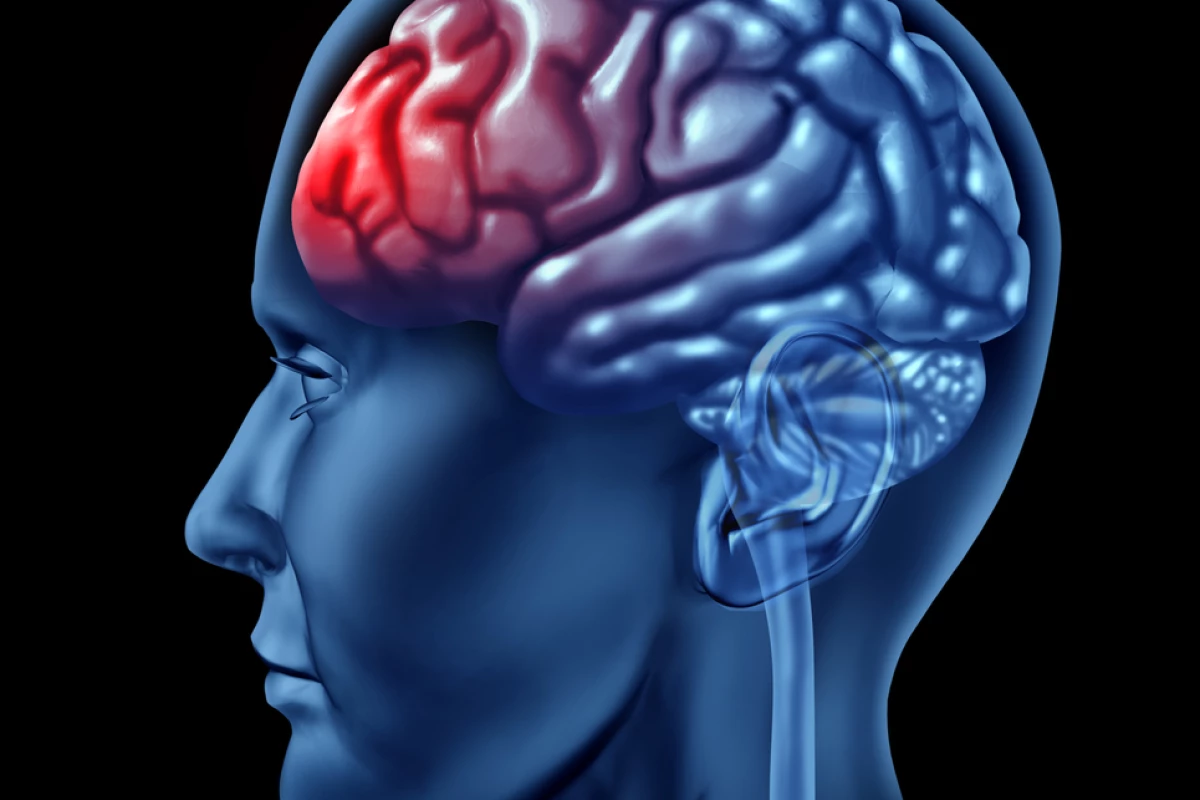The US Army is now working with the US National Football League (NFL) to develop ways to protect their respective members at risk of repeated incidents of mild traumatic brain injury (MTBI), traditionally called concussions. The first step of the program is to install sensors in the protective helmets so that the conditions leading to MTBI can be understood. Once understood, new helmet designs will provide more protection against such injuries.
The Army and the NFL have many attributes in common. They each have a strong tradition of training, of individual excellence within a finely tuned team, of strength and endurance, and constantly-changing challenges. They also have a common problem with MTBI. Many football careers have been cut short by repeated MTBI incurred during playing, and hundreds of thousands of military veterans also have endured repeated MTBI.
MTBI strongly overlaps what used to be called a concussion. Details vary, but in essence any event which results in closed-head (non-penetrating) reduction in the normal level of function of the brain qualifies as MTBI. Symptoms can include loss of consciousness, persistent headache, blurred or double vision, dizziness, nausea, confusion, disorientation, difficulty maintaining mental focus, and post-traumatic amnesia. Fortunately, in most cases the after-effects of MTBI resolve naturally within days or weeks.
It doesn't take a high-speed motor accident to cause MTBI - they are common in playing football, and even taking a head shot in soccer can cause the occasional MTBI. In military training and combat, not only are head impacts dicey, but blast waves from nearby explosions can cause MTBI. Probably taking cover too aggressively causes MTBI as well. Whenever MTBI is a result of "normal" activities within a field of endeavor, a certain percentage of participants will acquire multiple MTBIs. About one person in a hundred experiences an MTBI each year, which can result from a standing fall onto a hard surface. As a result, repeated MTBI in the community is also a sizable problem.
When a person receives MTBI on multiple occasions before the trauma from the first MTBI has healed, it is likely that more serious damage will result from the second and later traumas. When the brain is bruised or there is excess pressure within the skull, or even localized rips and tears in brain tissue, the natural protection of the brain within the skull is lessened, and it is easier to cause additional damage.
In the extreme, a second impact can cause second-strike syndrome (SIS), a condition in which the brain swells uncontrollably, ending in death or severe disability. Neither impact need be serious in itself - experiencing two very minor concussive events before healing of the first can cause SIS. Most SIS deaths in the US result from playing football.
More often, however, multiple head injuries cause an amount of permanent brain injury that increases with the severity and frequency of the injuries. This is particularly clear in long-term boxers. Muhammed Ali's Parkinson's disease is likely a natural result of his amazing career in boxing.
In addition to innovating their way toward better head protection, advances are also being made on investigating the causes of MTBI. One example is a computer modeling/medical study on closed-head brain injury being carried out by Dr. Paul Taylor of Sandia National Laboratories and Dr. Corey Ford, a research neurologist at the University of New Mexico. They are investigating the role of shock waves in MTBI.
When the head hits an obstacle, the brain receives two different insults. The brain undergoes overall movement (sometimes referred to as "sloshing around in the skull"), and the brain-skull impacts were long thought to be the major factor in MTBI. Taylor and Ford, however, by comparing computer simulations of head injury with MRI images of similar actual injuries, have discovered that mechanical shock waves are induced in the brain immediately on impact. These shock waves bounce off the walls of the skull and various parts of the waves interact with each other. The result is regions of high pressure, regions of large tension, and shear effects which produce damage with a striking similarity to MRI views of brain injury occurring under similar real-world collisions. This work will be continued during the Army/NFL studies.
Mild traumatic brain injury is becoming recognized as a serious problem for people from all walks of life. MTBI research and clinical studies have finally gotten to the point where, in addition to the not very satisfactory approaches toward treating the aftereffects, we can start preventing most MTBI in the first place - a consummation devoutly to be wished!
Source: US Army




